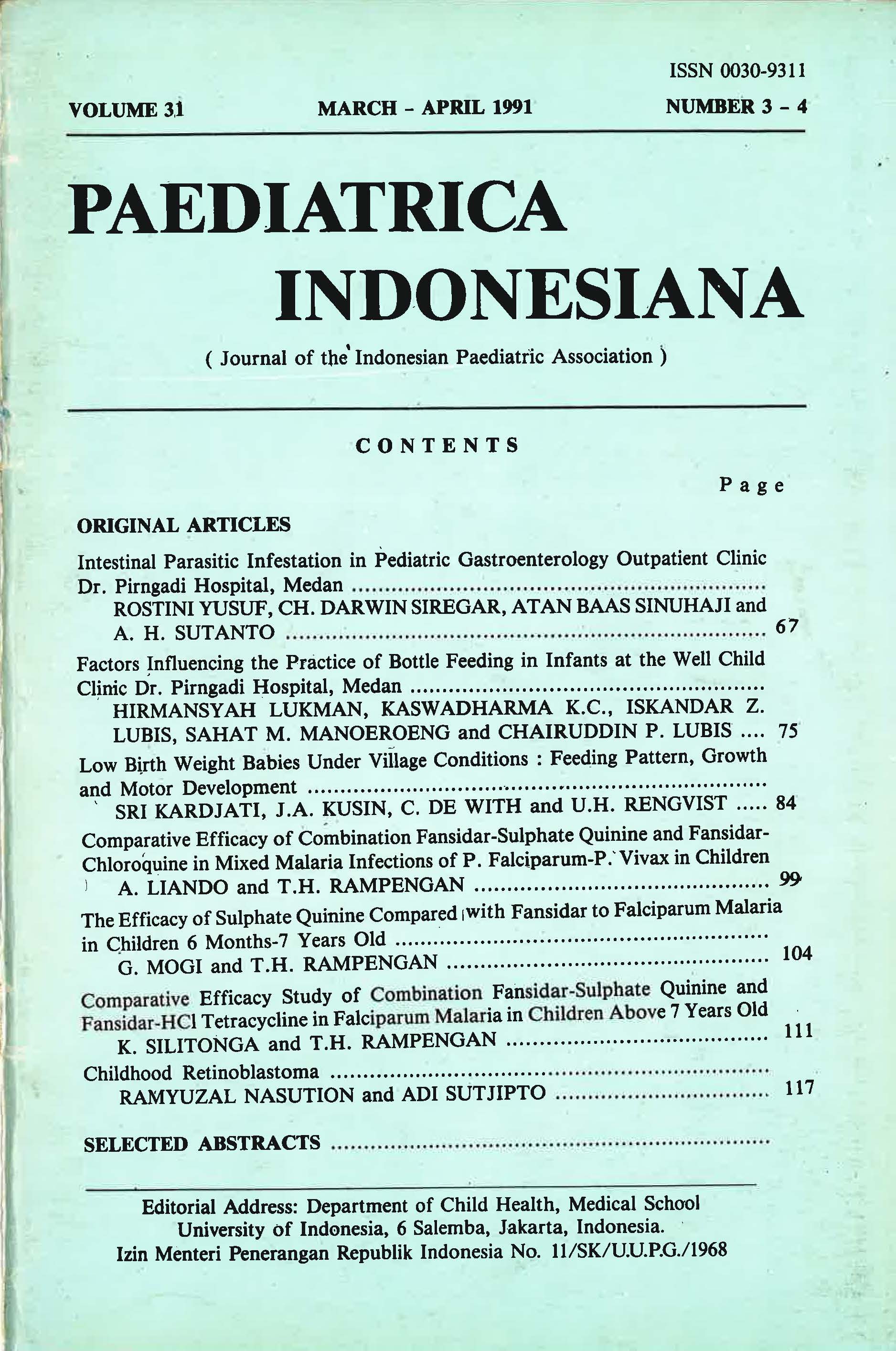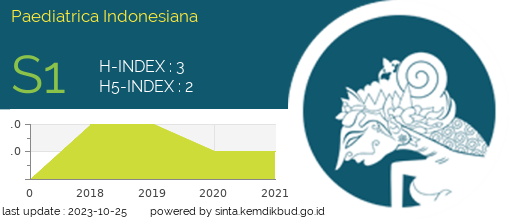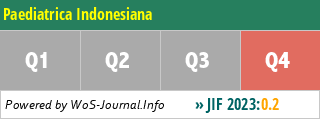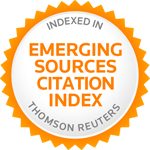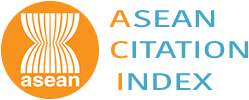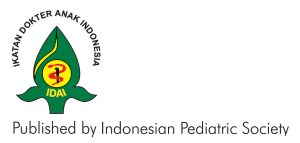Comparative efficacy study of combination fansidar-sulphate-quinine and fansidar-hcl-tetracycline in falciparum malaria in children above 7 years old
Keywords:
falciparum malaria; fansidar-sulphate-quinine; fansidar-chlortetracycline;Abstract
The objective of this study is to compare the results of treatment of children with falciparum malaria with the combinations of fansidar-su/phate quinine and fansidar-chlortetracycline as an alternative treatment of chloroquine'resistant falciparum malaria.
This study was carried out prospectively on 45 cases with the age equal or above 7 years, who had been admitted in the Pediatric Department, Gunung Wenang Hospital, Manado, during the period of January 1989- December 1989. Twenty three cases had been treated with fansidar - sulphate quinine and 22 cases with fansidar-chlortetracycline, all of them underwent blood examinations for malaria for 7 consecutive days (day 0-8).
Asexual parasitemia and fever in the fansidar-sulphate quinine group significantly disappeared more rapidly than in the fansidar-chlortetracycline group (P <0.03 and <0.005). There occurred neither drug resistance nor serious side effect in both groups.
References
2. CHONGSUPHAJAISIDDHI, T.; SABACHORN, A.; ATTANATH, P.: Treatment of quinine resistant falciparum malaria in Thai children. Southeast Asian. J. trop. Med. ~ub. Hlth. 14: 357-362 (1983).
3. COLWELL, E.J.; HICKMAN, R.L.: Quinine ,tetracycline .and quinine bactrim treatment of acute falciparum in Thailand. Ann. trop. Med. Parasit. 67 : 125 (1973).
4. DAKUNG, L.S.; PRIBADI, W.; ISMED, I.S.: Plasmodium falciparum yang tersangka resisten terhadap klorokuin di Jakarta. Majalah Kedokteran Indonesia 28: 114-116 (1978).
5. HALL, A.P.; DOBERSTYN, E.B.; METTAPRAHING, V.; SONKOM, P.: Falciparum-malaria cured by quini~e followed by sulphadoxine - pyrimethamine. Br. med. J .2: 15-17 (1975).
6. HOFFMAN, S.L.; DIMPUDUS, A.J.; CAMPBELL, J.R.; HARIJANI, A.M.; SUKRI, N.; RUSTAM, D.; PUNJAB!, N.H.; OETOMO, H.S.; HARUN, S.; HEIZMAN, P.: R II and R III type resistance of plasmodium
falciparum to combination of mefloquine and sulphadoxine/pyrimethamine in Indonesia. Lancet 9 : 1039 - 1040 (1985).
7. PRIBADI, W.; DAKUNG, L.S.; ADJUNG, S.A.: lnfeksi plasmodium falciparum resisten terhadap klorokuin dari beberapa daerah di Indonesia. Medika 8 : 689 - 693 (1985).
8. RAMPENGAN, J.; RAMPENGAN, T.H.: Malaria tropika pada anak yang resisten If terhadap fansidar . Majalah Kedokteran Indonesia 38 : 77 - 80 (1988).
9. RAMPENGAN, T.H.; RAMPENGAN, J.: Chloroquin resistant falciparum malaria in children. Paediatr. Indones. 29: 13- 19 (1989).
10. SABACHORN, A.; CHONGSUPHAIJISIDDHI, T.; ATTANATH, P.: Serum quinine concentrations following the initial dose in children with falciparum malaria. Southeast Asian. J. trop. Med. Pub. Hlth. 13: 556-561 (1982).
11. VERDAGER, J.; ARWATI; SIMANJUNTAK, C.H.; SAROSO, J.S.: Chloroquine resistant falciparum malaria in East Kalimantan Indonesia. J. trop. Med. Hyg. 3 : 58-66 (1976).
12. WARHUST, D.C.: Anti malarial drugs an update. Medical Progress. August: 57-71 (1987).
13. WERNSDORFER, W.H.; KOUZNETZOV, R.L.: Bulletin of the WHO 58 (3): 341-352 (1980).
14. W.H.O.: Advances in malaria chemotherapy. WHO technical report series 711: 61 (1984).
Downloads
Published
How to Cite
Issue
Section
License
Authors who publish with this journal agree to the following terms:
Authors retain copyright and grant the journal right of first publication with the work simultaneously licensed under a Creative Commons Attribution License that allows others to share the work with an acknowledgement of the work's authorship and initial publication in this journal.
Authors are able to enter into separate, additional contractual arrangements for the non-exclusive distribution of the journal's published version of the work (e.g., post it to an institutional repository or publish it in a book), with an acknowledgement of its initial publication in this journal.

